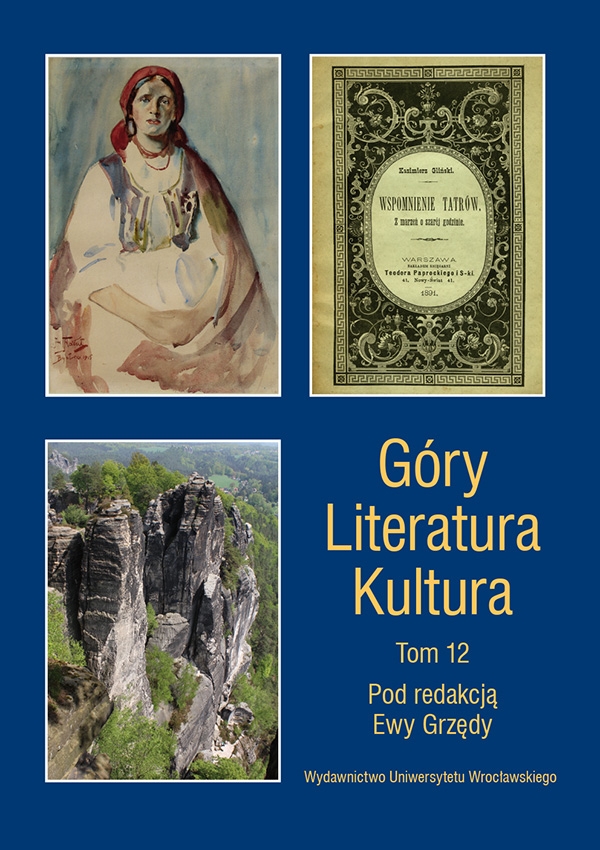

Artykuły i rozprawy

Lowlanders in the mountains: A satirising view of mass tourism until the 1970s
The sense of tourism lies in disinterested move from place to place for purposes relating to entertainment and exploration. In 1841 Thomas Cook organised a train excursion for 570 people in England and thus began the era of collective tourism. In the 20th century mass tourism became passive tourism. Such tourism does not require a lot of physical effort and the only thing tourists expect is appropriate transport, access to interesting sights and infrastructure that will satisfy their basic needs. Another characteristic of this type of tourism is the fact that participants do not have to organise their journeys themselves. It should be stressed, however, that in the 20th century tourism became a substantial social movement of great economic significance. Its essence can be defined in a concise formula: “maximum satisfaction with minimum personal effort”. As a result of economic changes in the interwar period, tourism became increasingly democratic, popular and accessible to the masses. The development of passive tourism, which as time goes by transforms itself into largescale mass tourism, can best be followed in the case of tourism in the Tatras. The Tatras, which were “discovered” quite late, became a tourist destination for an increasing number of people already at the turn of the 20th century. The number of tourists grew rapidly in the second half of the 19th century. However, the first visitors to the Podhale region and Zakopane were not very well prepared for excursions in the mountains. Such visitors were referred by the term “ceper” or lowlander, from the beginning having negative and, if not contemptuous then certainly disrespectful connotations. Its etymology is not known. The ignorance of non-highlanders, i.e. their naivety and inexperience, was quite irritating for the simple and intellectually uncomplicated, but “sharp” and cunning local inhabitants of the Podhale region. That is why lowlanders were often laughed at and ridiculed by them. Throughout the 20th century interesting sociological and cultural changes happened consistently and systematically in tourism. Initially tourists were representatives of the wealthier classes, but owing to the development of collective tourism tourists began to come from many other groups in society. As a result there emerged the problem of anthropogenic impact on the natural environment, which in turn increased the signifi cance of the problem of nature protection.